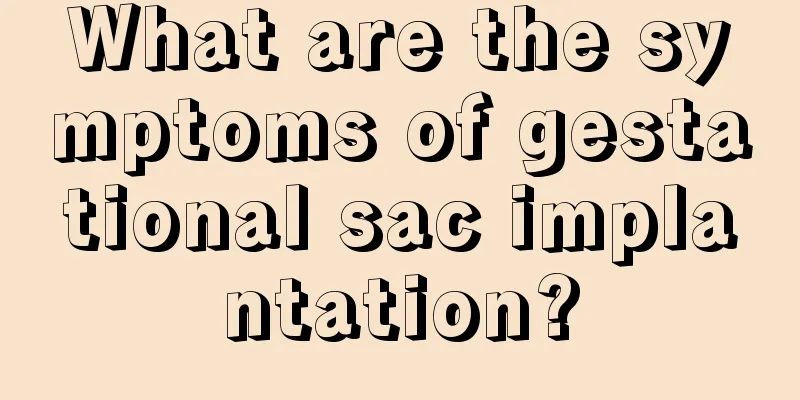How to care after ovarian wedge removal surgery

|
After the operation, you must pay more attention to whether the patient's body temperature, blood pressure, breathing, etc. are normal. Because the anesthetic has not dissipated just after the operation, the catheter must be inserted. Pay more attention to the patient's abdominal distension. If possible, try to get out of bed and move around, which will help recovery. Finally, the wound must be protected to prevent infection. Overview Polycystic ovary syndrome is a common disease in young women, with symptoms such as amenorrhea, infertility and virilization. It is caused by the thickening of the ovarian capsule. Although many follicles develop, they do not ovulate, resulting in polycystic and enlarged ovaries with a shiny surface like porcelain. In the past, ovarian wedge resection was mostly used, but now ovarian drilling is mostly used, which can restore normal menstruation in some patients. The exact mechanism is still unclear. Indications 1. Patients with polycystic ovary syndrome who do not respond to conservative treatment. 2. Patients with ovarian hyperstimulation syndrome who require surgical treatment. 3. When uterine fibroids are dug out, there are large ovaries with multiple cysts. Contraindications Patients with malignant ovarian tumors should not undergo wedge resection of the ovarian tumor and should have the affected ovary removed. Postoperative complications Pelvic adhesions, premature ovarian failure, etc. Postoperative Care 1. Monitor body temperature, blood pressure, pulse and respiration. 2. Connect the continuous urinary catheter. 3. Intravenous fluid replacement can be given 1 or 2 days after surgery. 4. Relieve pain promptly. 5. Pay attention to abdominal distension. 6. Get out of bed and move around early. 7. Observe the condition of the wound. 8. If everything goes well, the patient can be discharged from the hospital 1 to 5 days after the operation. Postoperative diet You can eat liquid food 6 hours after the operation, but avoid milk and sugar, and do not eat too much. After intestinal peristalsis is restored and the patient can expel gas on his own, he can gradually transition to normal food. In order to promote early healing of the incision and recovery of the body, it is advisable to eat a high-protein, high-vitamin, nutritious diet. |
<<: Is cervical intraepithelial lesion serious?
>>: Is it normal to have yellow discharge after a hysterectomy?
Recommend
Does drinking also affect our vision? One picture shows what it does to your vision
Do you feel drunk and have blurred vision after d...
What does heavy menstrual blood mean?
Menstruation is a physiological cycle of natural ...
List of safe medications during pregnancy
With the improvement of health awareness, especia...
What does a strong positive result on an early pregnancy test mean? Parenting experts share answers
The easiest way to detect whether a woman is preg...
How to use an internal tampon
Compared with traditional sanitary napkins, inter...
Pregnancy waist fat
The idea that a pregnant woman gaining weight aro...
How many days does it take for milk to swell after induced labor?
Breast engorgement may also occur after an induce...
What are the advantages and disadvantages of drinking honey water for girls
As we all know, honey is a very natural health pr...
How much does cervical conization surgery cost?
As social pollution becomes more serious, the pre...
Symptoms of malnutrition in girls
Nowadays, many young girls pursue a slim and ligh...
Why is the pizza not stringy? How to make semi-finished pizza
Pizza, also known as pizza, pizza, pizza, pizza, ...
Can I still get pregnant if my period comes?
Menstruation is a normal physiological phenomenon...
Itchy vulva with acne
The vulva is a very private part of the human bod...
High cytomegalovirus IgG in pregnant women
Some hospitals will conduct four eugenics tests o...









